
4 Questions Hitters Need to Be Asking to Understand Their Outs
We recently published an article urging hitters to commit themselves to avoiding outs like the plague. We went in-depth on all of the advantages hitters get when they are able to understand the reasons why they make outs. But how do they actually do this? What do they need to pay attention to? That’s what we’re diving into today. These are four questions hitters need to ask constantly in order to understand why they’re making outs and become the best version of themselves.
4 Questions Hitters Need to Be Asking to Understand Their Outs
Am I seeing the ball well? Am I recognizing pitches?
Am I making good swing decisions?
Am I on time?
Am I hitting the ball accurately?
*These are written in order of priority. If you are making outs, the highest priorities should be addressed first. For example, it will be very difficult to make good swing decisions if you aren’t recognizing the pitches. And your timing and accuracy will not be all that important if you aren’t swinging at the right pitches.
Am I seeing the ball well? Am I recognizing pitches?
It’s impossible to make informed decisions about timing and swing decisions if a hitter isn’t seeing the ball well and recognizing the pitches being thrown. This is the most basic level of awareness for hitters at every level. You should be able to ask any hitter after their at-bat the pitch type and location of any particular pitch and they should be able to give you a confident answer. If this criteria is not being met, it’s going to be incredibly difficult to make any kind of meaningful approach adjustments.
What Should Players Track?
How often can I confidently identify what pitch type was thrown to me?
How often do I know the pitch types the pitcher has pre at-bat?
How often am I able to correctly anticipate what pitch type is being thrown to me?
Am I making good swing decisions?
Good hitters consistently swing at pitches they have a high probability of doing damage on. Pelotero categorizes pitches into three zones:
Heart: Unambiguous strikes in the middle of the zone that require little adjustment to hit flush
Edge: Pitches at the edges of the strike zone to just outside of the strike zone that require skill and discipline to handle effectively
Chase: Unambiguous balls that hitters should avoid swinging at at all times
Count considerations will play a huge role in evaluating your swing decisions. In leverage counts that favor the hitter, they should exclusively be swinging at pitches in the heart zone. In 2-strike counts, hitters need to swing at edge pitches as well. And in full counts, hitters need to be taking edge pitches just outside of the zone because the upside of a called ball is worth the risk.
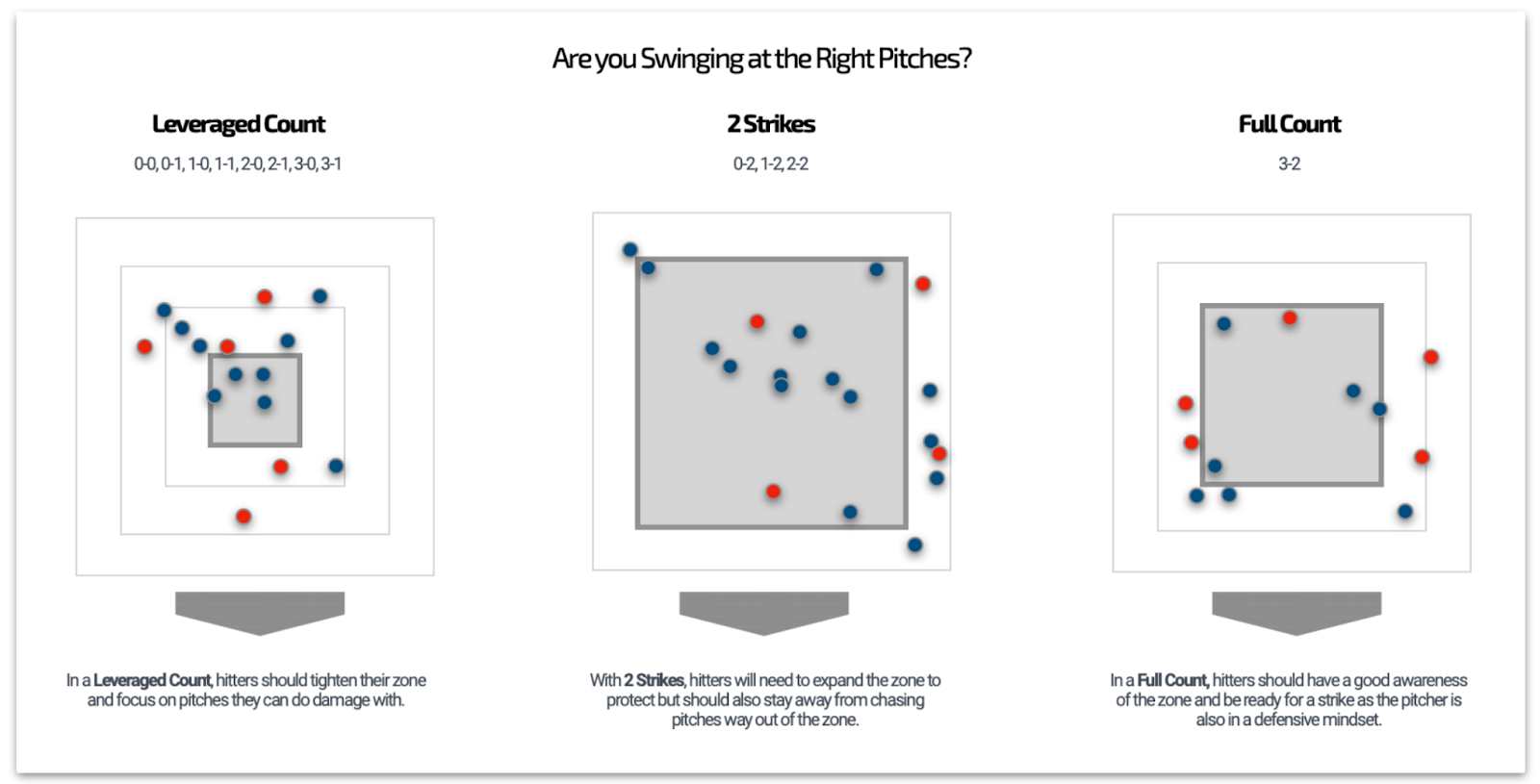
Pitch type will also play an important role in evaluating swing decisions. Even if the pitch is in the heart of the plate, it can create timing issues if it is not what the hitter is looking for and lead to swings and misses or weak contact.
Whether a swing decision is good or bad will always be situational. It is always a question of risk/reward for the hitter, and their job is to maximize their opportunity for success. By paying attention to all of these factors, hitters give themselves a much better chance of doing just that.
What Should Players Track?
How often are you swinging at pitches in the heart versus the edge or chase zones?
Are my swing decisions breaking down in certain types of counts?
Are you recognizing patterns in how pitchers are attacking you? (pitch types, locations etc.)
Am I on time?
Pelotero defines being ‘on time’ as having minimal deviation from your intended contact point without compromising your swing. Successful hitters have a pre-planning timing “window” where they anticipate to swing and where (relative to their body) they want to hit the ball. Pitch location creates variation (inside = more out front contact, outside = deeper contact). Pitchers throw different pitch types and vary location to intentionally disrupt the timing of hitters.
Timing issues typically manifest themselves in these ways.
Being late: Hitters forced to rush, leading to a compromised swing, later contact point than intended, or foul balls/swing and misses.
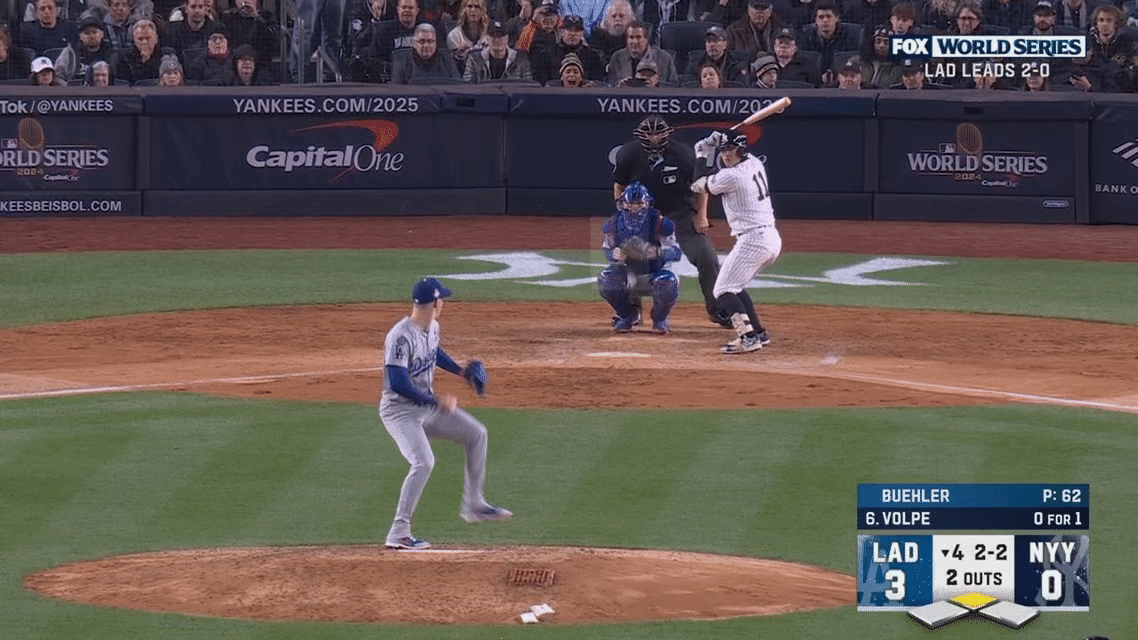
Late - contact point deeper than intended resulting in a foul ball
Being early: You have to reach or significantly slow your swing down limiting your ability to drive the ball.
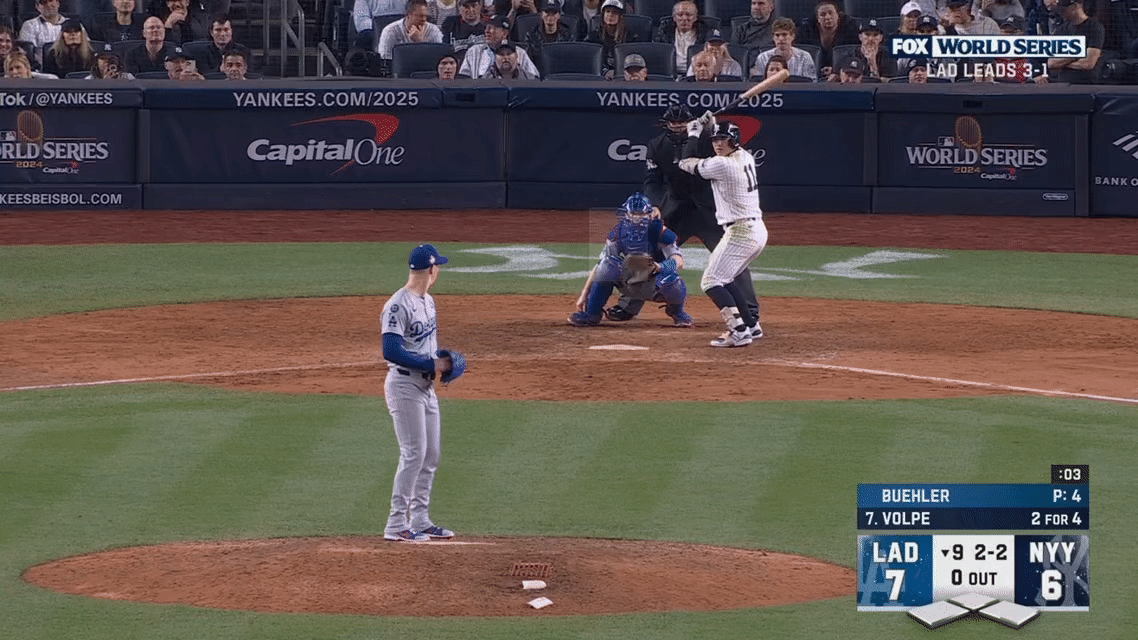
Early - contact point further forward than intended
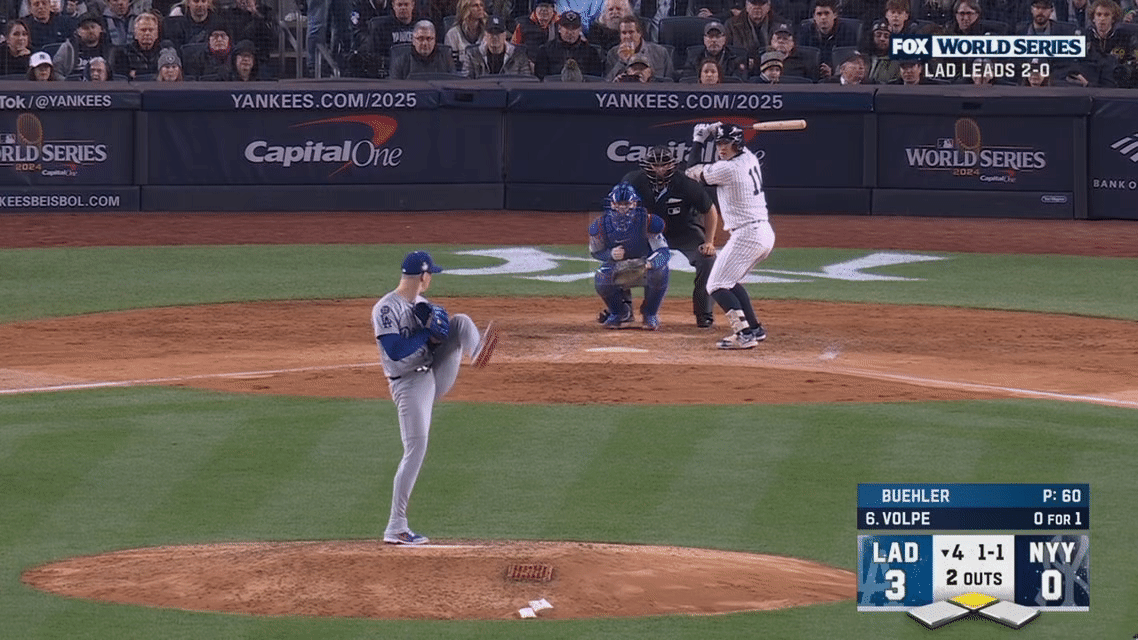
Early - compromises swing by reaching to make contact
What Should Players Track?
How often are you late or early on pitches you're anticipating?
Are you consistently early or late against specific pitch types?
Do you feel rushed or out of sync in certain counts or against certain pitchers? (Great hitters are hyper-aware of how pitch conditions effect their timing)
Am I hitting the ball accurately?
Pelotero defines accuracy as squaring up the ball with minimal deflection. Consistently doing this will lead to high quality of contact and the highest exit velocity a hitter is capable of (given their swing performance in that moment). If the timing is right, most misses will be vertical.
Assuming a hitter is on time and swinging at pitches they are looking for, misses will be created by differences in pitch perception vs reality. For example, hitters may miss under fastballs with higher spin more consistently and miss over breaking balls with more drop than anticipated.
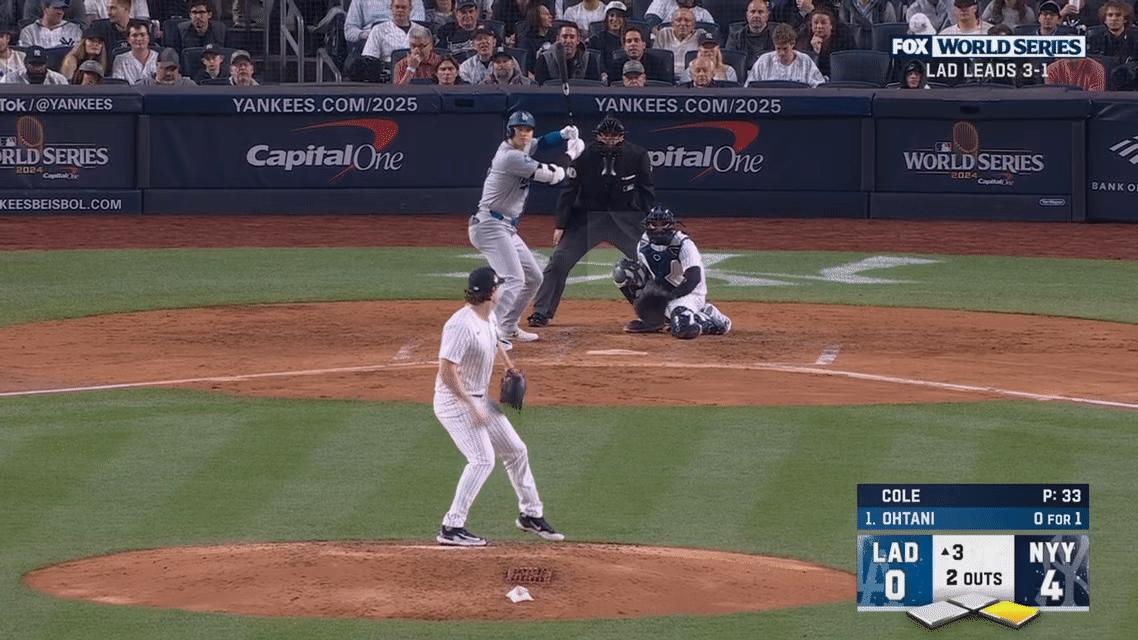
Vertical miss - Below
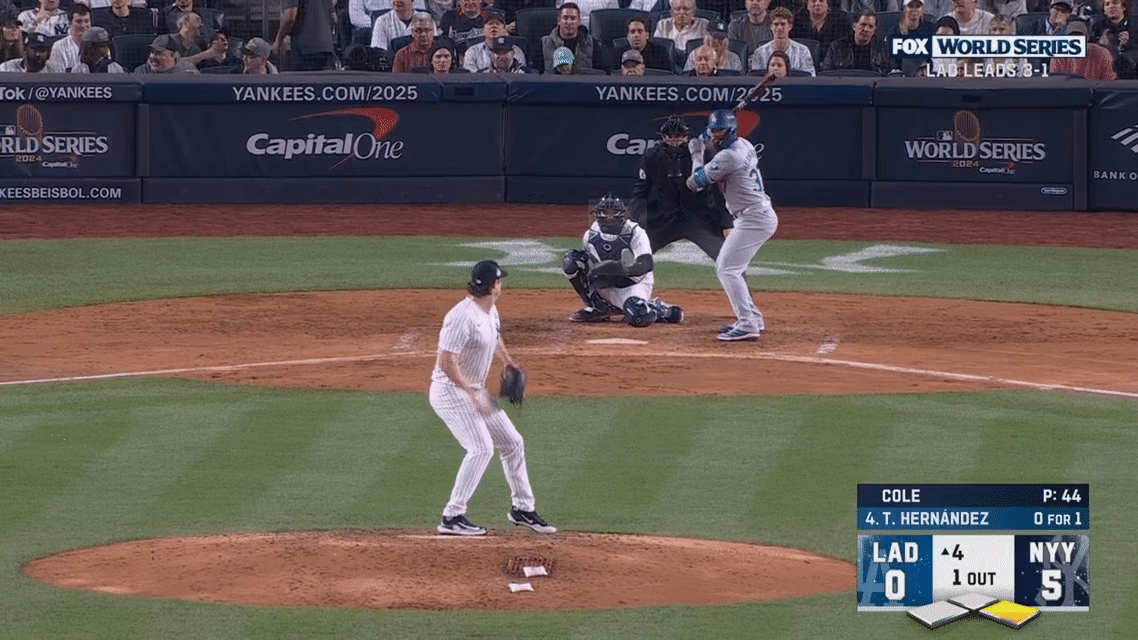
Vertical miss - Above
What Should Players Track?
How often are you squaring up the ball?
Do your misses tend to be above the ball or below?
Do you have consistent miss types on certain pitch types?
All of These Work Together
It is important to remember that these four questions always need to be in play and considered against one another in real time for hitters to get the best understanding of how they’re making outs.
For example: If a hitter is early on a slider away in a leverage count that they weren’t looking for and hit a weak ground ball, they should attribute this out more to a poor swing decision than to poor timing.
On the other hand, if they hit a fastball down the middle further out front than intended and ground out weakly to the pull-side, but it was the pitch that they were looking for, this is attributable to poor timing.
When asking these questions, hitters should always start with question one and work their way down to four. This will give them the best idea of the core reasons outs are made, and thus the best opportunity to make effective adjustments.
But What About the Swing?
The swing is massively important to the success of a hitter. Mechanics influence your timing and swing decisions. They can create advantages in different parts of the zone and improve the ceiling of batted ball outcomes. But when hitters struggle, they tend to over-index the importance of their swing mechanics. It is often the first place they look to make adjustments. It can be incredibly difficult to make meaningful swing improvements in the heat of competition, and attempts come at the cost of attention to other variables that can be far more impactful.
Improving your swing and bat speed will always be a global goal, but competing requires an acute awareness of your decisions at the plate.
To Compete is to Pay Attention
If you want to compete at the highest level, paying attention to all of these factors needs to become routine. If you understand the primary reasons you’re making outs, you can train with purpose and choose the right in-game tactics.
Paying attention to these details isn’t just a temporary fix—it’s a lifestyle. Adopting this mindset will elevate your game and maximize your potential. Every high level player we’ve ever talked to over the age of 30 wishes they had this knowledge when they were 15. If you truly want to reach your potential, this mindset needs to start now!
Coaches can start conditioning this awareness by asking players the right questions…
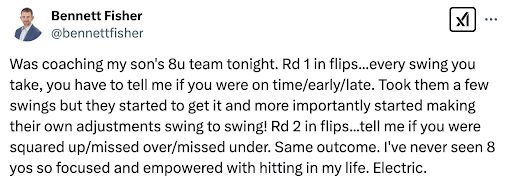
CEO Bennett Fisher on the power of asking the right questions
This is the part of the game that desperately needs more attention. It’s what truly separates the good from the great and what makes the game fun! By sharing information like this, and adding tracking tools for players into our platform we are working towards building a generation of intelligent players!
Want to hear more on this? Pelotero Co-founders Bobby Tewksbary and Chris Colabello recorded this conversation on the topic:

